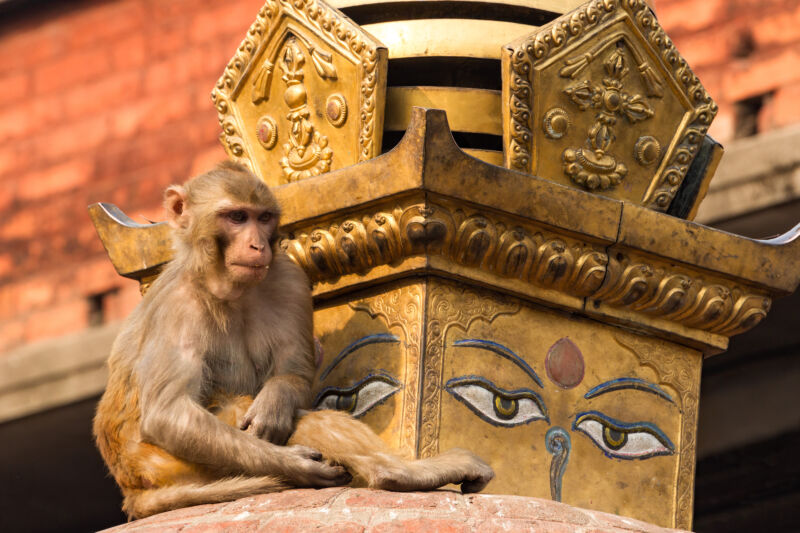It’s not just us: Other animals change their social habits in old age
Ars Technica » Scientific Method 2024-07-27

Enlarge / As female macaques age, the size of their social network shrinks. (credit: Jon G. Fuller/VW Pics/Universal Images Group via Getty Images)
Walnut was born on June 3, 1995, at the start of what would become an unusually hot summer, on an island called Rum (pronounced room), the largest of the Small Isles off the west coast of Scotland. We know this because since 1974, researchers have diligently recorded the births of red deer like her, and caught, weighed and marked every calf they could get their hands on—about 9 out of every 10.
Near the cottage in Kilmory on the northern side of the island where the researchers are based, there has been no hunting since the project began, which allowed the deer to relax and get used to human observers. Walnut was a regular there, grazing the invariably short-clipped grass in this popular spot. “She would always just be there in the group, with her sisters and their families,” says biologist Alison Morris, who has lived on Rum for more than 23 years and studies the deer year-round.
Walnut raised 14 offspring, the last one in 2013, when she was 18 years old. In her later years, Morris recalls, Walnut would spend most of her time away from the herd, usually with Vanity, another female (called a hind) of the same age who had never calved. “They were often seen affectionately grooming each other, and after Walnut died of old age in October 2016, at the age of 21—quite extraordinary for a hind—Vanity spent most of her time alone. She died two years later, at the grand age of 23.”